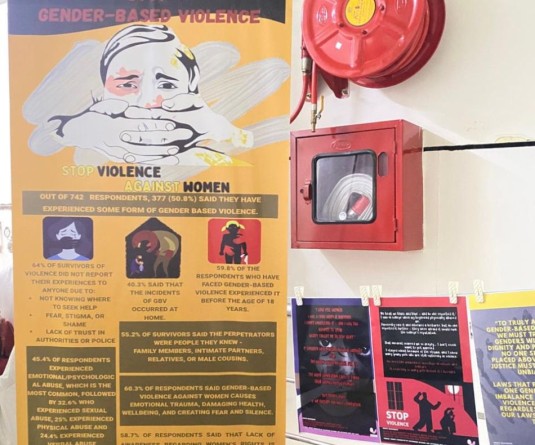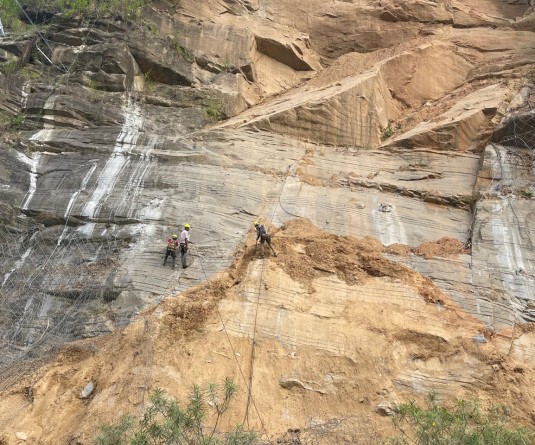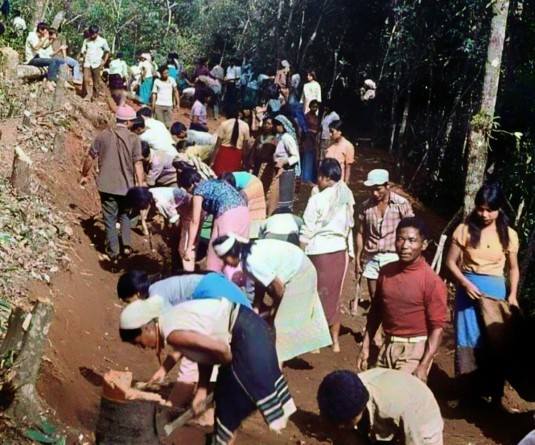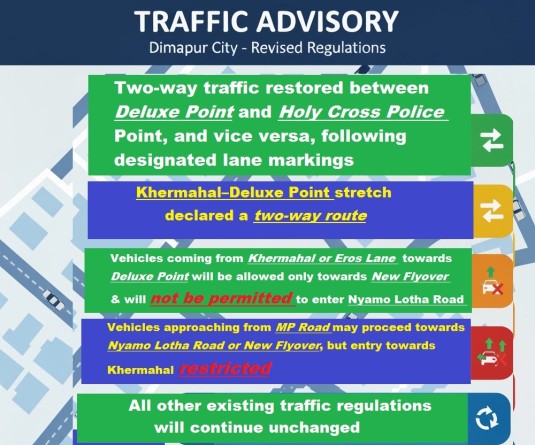
Morung Express News
Dimapur | February 25
“The lion hearted mission of Make in India is relevant in mainstreaming the Naga youths through MSME Schemes but to achieve this, the guidelines are required to be aligned to incentivize the challenges focusing on quality, imports substitutions and exports promotions,” said Lt. Col. Doshehe Y. Sema, Vice Chairman, Tri-services Coordination Committee, Government of Nagaland.
He was speaking at a seminar in Guwahati on ‘Make in India and Rural North East: The Challenges’ organized by National Institute of Rural Development, NER Centre, Guwahati on Thursday.
Speaking in the context of Nagaland, Doshehe said that the state is endowed with substantial resources, having potential for producing surplus food, electric power, petroleum and natural gas, building materials etc. “However, it is an irony that Nagaland remains starved in all these items which is the main bottle neck to the industrial and economic growth,” he added.
He said Nagaland offers for both domestic and foreign investments in a number of potential areas for exploration and exploitation. Some of the long term plans for Make in India which Doshehe spelled out included oil refinery and other downstream petro-chemical industries based on oil and gas and power generation; intensive exploration for oil and natural gas, followed by their commercial production, in the foothill regions of the state etc.
According to Doshehe, some of the short and medium term plans of Make in India include food processing: organic based mega food park, honey products, spices, fruits, vegetables, rice, oils, meat, fish etc. Other areas he identified concerning the manufacturing sector included Naga king chilli grenade and spray; herbs and vegetation products, such as repellent of snake, mosquitoes and insects.
The former Minister said that the reason that the enormous natural and human resources in the state have remained untapped was due to remoteness, lack of infrastructure, lack of inflow of Investment, electric power struggle, inadequate credit facility, deficiency of policies and guidelines, marketing hurdles etc.
Some of the strategies he suggested were improvement of connectivity – development of interstate and intrastate roads, helipads, ropeways, waterways, railways and information technologies. He said all these should be based on the strategic approach as population benchmark guidelines does not suit NE hill states. He also suggested providing viability gap funding and soft loan to private investors for development of sustainable assets projects.
Doshehe highlighted conducive assets for investment in Nagaland by pointing out to the availability of labour with population growth rate of 64.41 percent (2001), literacy 80.1 (2011), an English speaking population, and industrious and energetic youths. He said the people of the state were hospitable and friendly with unique administration in every village council. Doshehe further mentioned the availability of fresh water streams and rivers throughout Nagaland having pleasant working climatic conditions besides the exemption of income tax.






